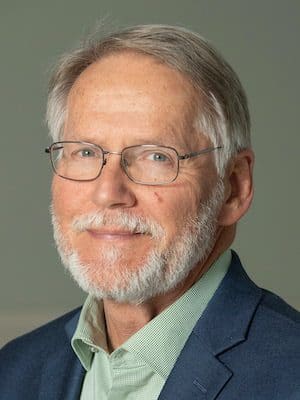 The sea was gorgeous, the food was fine, and nobody got sick. How’s that for a good day? The third full day of touring for participants in the 2015 Campbell Divinity School Bible Lands Study Tour got under way with a visit to Beth Shearim, where a number of leading rabbis lived following the Bar Kochba revolt (132-135 CE), when Jews were no longer allowed to live in Jerusalem.
The sea was gorgeous, the food was fine, and nobody got sick. How’s that for a good day? The third full day of touring for participants in the 2015 Campbell Divinity School Bible Lands Study Tour got under way with a visit to Beth Shearim, where a number of leading rabbis lived following the Bar Kochba revolt (132-135 CE), when Jews were no longer allowed to live in Jerusalem.
 Rabbis and other leading citizens were buried in large stone sarcophagi inside a man-made cave consisting of many chambers. One of the burials was apparently quite recent.
Rabbis and other leading citizens were buried in large stone sarcophagi inside a man-made cave consisting of many chambers. One of the burials was apparently quite recent.
 The Mediterranean sparkled with such blue vibrancy that students were drawn to the water and had a hard time focusing on the Roman aqueduct that brought water to the coastal city of Caesarea from the Alligator River below Mount Carmel, four miles away. It was quite an engineering feat, with a precise amount of fall built into it to allow water to flow properly for the entire distance.
The Mediterranean sparkled with such blue vibrancy that students were drawn to the water and had a hard time focusing on the Roman aqueduct that brought water to the coastal city of Caesarea from the Alligator River below Mount Carmel, four miles away. It was quite an engineering feat, with a precise amount of fall built into it to allow water to flow properly for the entire distance.
 Caesarea Maritima was one of Herod the Great’s favorite projects. It included at least one large theater, two hippodromes (for chariot racing), a luxurious palace, and governmental buildings, among other structures needed for city life.
Caesarea Maritima was one of Herod the Great’s favorite projects. It included at least one large theater, two hippodromes (for chariot racing), a luxurious palace, and governmental buildings, among other structures needed for city life.
 Our next stop was the important ancient city of Megiddo. Like Hazor, it sits above and controls the Via Maris, the most important roadway in ancient Palestine. Because of that, Megiddo was always a target of invading armies, with the result being that it was often destroyed and rebuilt — at least 26 times.
Our next stop was the important ancient city of Megiddo. Like Hazor, it sits above and controls the Via Maris, the most important roadway in ancient Palestine. Because of that, Megiddo was always a target of invading armies, with the result being that it was often destroyed and rebuilt — at least 26 times.
As a constant focus of war, Megiddo (= Hebrew Har Megiddo [Mount of Megiddo] = Greek Armageddon) was a natural foil for apocalyptic predictions of a war at the end of the ages.
 From Megiddo we travelled to Harrod Spring, where Gideon chose 300 fighters from 32,000 volunteers, according to the story in Judges 6-7. No ancient ruins are there — just the spring — and the legacy of a memorable story.
From Megiddo we travelled to Harrod Spring, where Gideon chose 300 fighters from 32,000 volunteers, according to the story in Judges 6-7. No ancient ruins are there — just the spring — and the legacy of a memorable story.
As our trip continues, we’re living a story that we will long remember, too.

